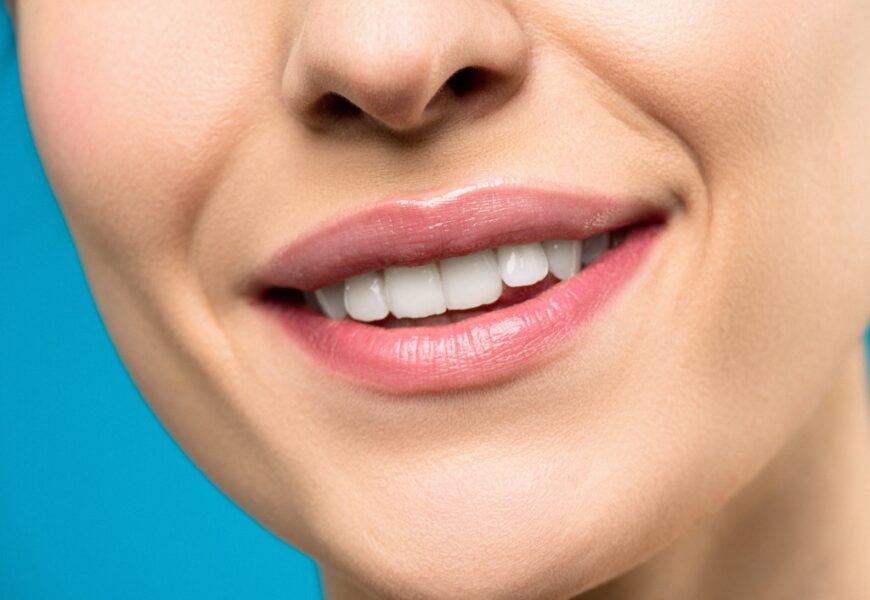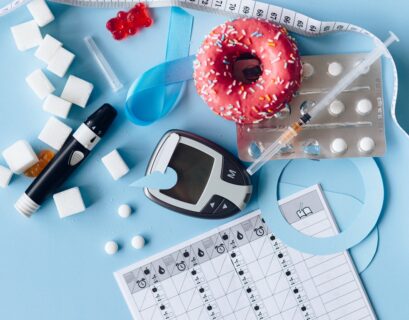Maintaining excellent oral hygiene is crucial to keeping the gums and teeth healthy. An ideal dental care routine comprises habits such as brushing two times every day and going to the dentist regularly. However, oral health is not just limited to cavities and gum disease.
Research has demonstrated a relationship between the health of an individual’s mouth and their overall health. Without treatment, gum problems and tooth decay can result in self-confidence issues, pain, and tooth loss. These problems may cause challenges, including speech issues and malnutrition, impacting work, school, or personal life.
Individuals can avoid these troubles by seeking proper dental care — both at home and at the dentist. Below are the best methods that can give people healthy teeth and gums.
Brush Frequently Without Being Aggressive
Brushing aggressively or with a toothbrush with stiff bristles can be detrimental to both the tooth enamel and the gums. The negative impacts of this range from tooth sensitivity and permanent damage of the teeth’s protective enamel to gum erosion.
The American Dental Association (ADA) states that a soft-bristled toothbrush can be beneficial. They also specify that one should replace their toothbrush once in three months or when the ends begin to seem frayed.
Keep Flossing Once a Day
A majority of dental health experts advise pushing the floss gently down to the gum line prior to letting it hug the side of the tooth by moving it up and down repeatedly. It is essential to refrain from snapping the floss in up-and-down motions between the teeth, which can lead to pain and will not eliminate plaque as efficiently.
Drop by the Dentist’s Clinic Regularly
People can contact their dentist about how frequently they require a checkup. The response may differ according to one’s age, health history, and overall dental wellbeing. However, any individual who observes changes in their mouth must see a dentist.
Restrict the Intake of Sugary Foods and Starches
The World Health Organization suggests that individuals restrict their sugar intake to not more than 10 percent of their daily calories. A recent study also stated that reducing this amount to 5 percent would further lower the likelihood of cavities and other dental issues.
Experts have also mentioned that starchy foods like bread, chips, crackers, and pasta can result in the decay of the tooth. The ADA breaks down that these foods stay in the mouth and are converted into simple sugars, on which bacteria that produce acid feed. This acid can result in tooth decay.
Consider a Mouthwash
One can ask their dentist which is the ideal mouthwash for their personal needs. A mouthwash is not a replacement for brushing and flossing, but it can be a helpful part of one’s dental care routine.












